Table of Contents
Top 8 SaaS Marketing Metrics You Can't Ignore (2025)
Data holds great importance in SaaS (Software as a Service) marketing.
To help you understand which metrics to track and how to analyze them, we have compiled a list of the top SaaS marketing metrics you can’t ignore.
With the right marketing metrics at your fingertips, you can modify your strategies, optimize your campaigns, and drive sustainable growth for your SaaS.
Let’s get started.
Core SaaS Marketing Metrics
These metrics are important performance indicators that provide valuable insights for decision-making and drive business growth.
You can use these metrics in both popular business models:
- B2B (Business to Business)
- B2C (Business to Customer)
Below are the top 10 SaaS marketing metrics every business should consider:
- Customer Acquisition Cost (CAC)
- Average Revenue Per User (ARPU)
- Customer Lifetime Value (CLV)
- Monthly Recurring Revenue (MRR)
- Annual Recurring Revenue (ARR)
- Churn Rate
- Monthly Active Users (MAU)
- Activation Rate
Customer Acquisition Cost (CAC)

CAC is the total cost of acquiring a new customer, including all marketing and sales expenses.
Attracting and converting potential customers into actual customers can be costly. If not managed properly, quickly drain your marketing budget.
However, analyzing and optimizing your Customer Acquisition Cost can result in significant benefits, including:
- Attract more customers while spending less money
- Improve overall profitability by reducing marketing waste
- Gain a clearer understanding of the most effective marketing channels
- Increase the lifetime value of customers through strategic acquisition
- Improve decision-making with better data on customer behavior and preferences
Formula to calculate CAC ratio with example:
You can calculate the customer acquisition cost of your SaaS business by using the following formula:
CAC = (Marketing Expenses + Sales Expenses) / Number of New Customers Acquired
Let’s say:
- Marketing Expenses: $20,000
- Sales Expenses: $10,000
- Salaries for Sales and Marketing Team: $70,000
- Software and Tools used for Sales and Marketing: $5,000
- Total Number of New Customers Acquired: 500
CAC = (Marketing Expenses + Sales Expenses + Salaries + Software and Tools) / Number of New Customers Acquired
CAC = ($20,000 + $10,000 + $70,000 + $5,000) / 500
CAC = $105,000 / 500
CAC = $210 per new customer
Average Revenue Per User (ARPU)
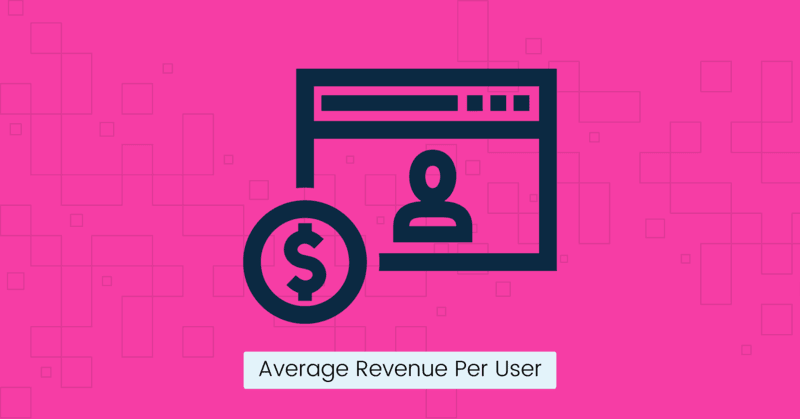
It is a metric that calculates the average Revenue generated by each user or customer over a specific period.
ARPU provides insights into how effectively a business monetizes its user base and can be used to measure the success of pricing strategies, marketing campaigns, and customer retention efforts.
Formula to calculate ARPU with example:
You can calculate the Average Revenue Per User by using the following formula:
ARPU = Total Revenue / Total Number of Users
Assume the following for one month:
- Total Revenue: $100,000
- Total Number of Users: 2000
ARPU = $100,000 / 2000
ARPU = $50
Customer Lifetime Value (CLV)
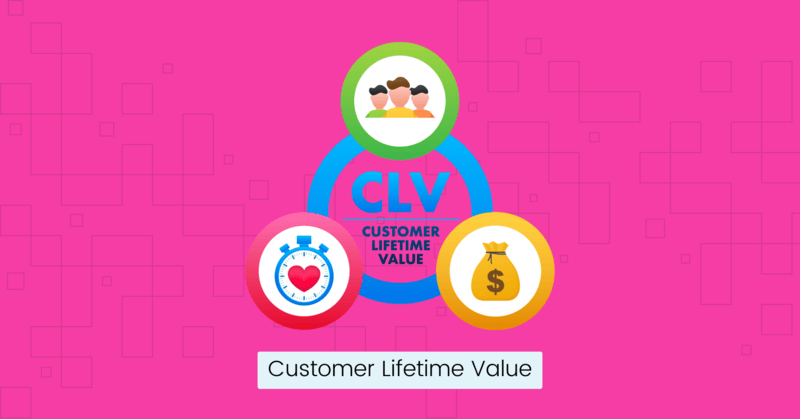
CLV is the total revenue a business can expect from a single customer throughout its relationship with your SaaS.
It is an important metric because it helps companies understand the value a customer brings over their entire relationship with the business, not just from a single transaction.
Formula to calculate CLV ratio with example:
You can calculate the Customer Lifetime Value by using the following formula:
CLV = Average Revenue Per User * Average Customer Lifespan
Consider the following values:
- Average Revenue Per User (ARPU): $500 per month
- Average Customer Lifespan: 3 years (36 months)
CLV = $500 * 36
CLV = $18000
Monthly Recurring Revenue (MRR)
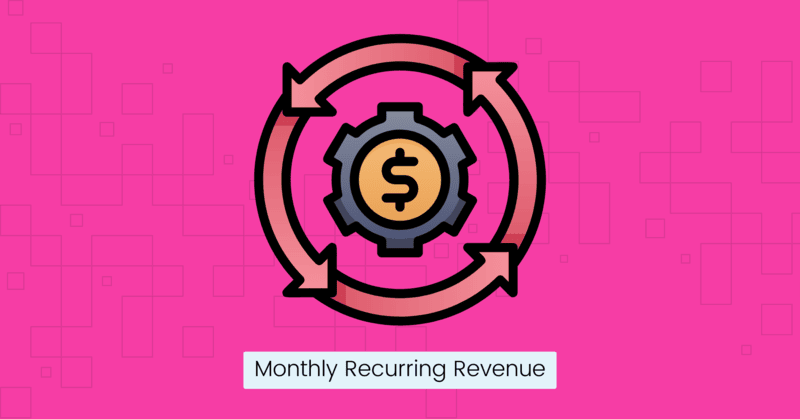
MRR is the total predictable revenue a company expects monthly from all its subscribers.
Formula to calculate MRR with example:
The formula to calculate MRR depends on the company’s pricing model.
MRR = Total Number of Customers * Monthly Subscription Price
Let’s consider a company with 1000 customers, each paying a monthly subscription fee of $50.
MRR = 1000 customers * $50 subscription price
MRR = $50,000
Annual Recurring Revenue (ARR)
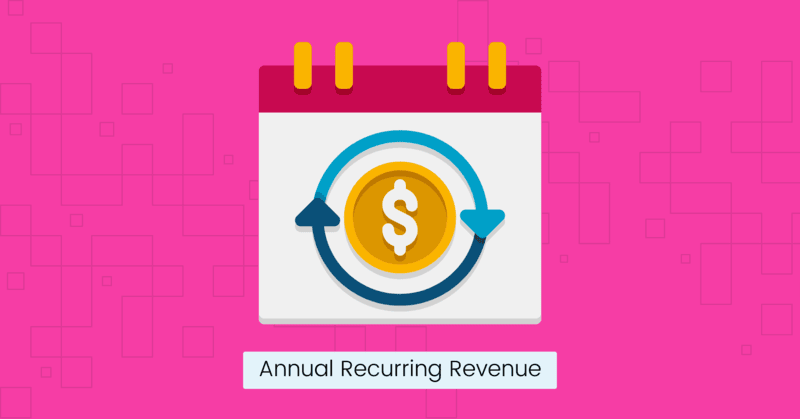
ARR is similar to MRR, but you have to calculate it annually.
Formula to calculate ARR with example:
To calculate Annual Recurring Revenue, use the following formula:
ARR = Monthly Recurring Revenue * 12
ARR = $10,000 * 12
ARR = $120,000
Churn Rate
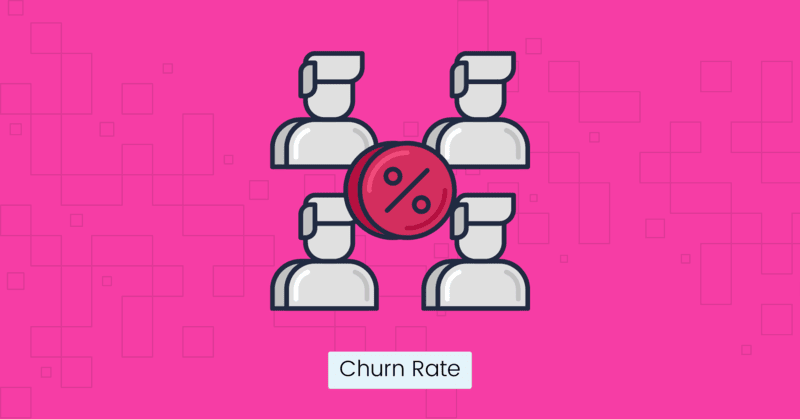
Churn rate is a metric used in SaaS marketing to calculate the percentage of customers who discontinue a company’s product or service during a specific period.
- It helps businesses understand their customer retention success and identify customer loyalty trends.
- A high churn rate can indicate customer dissatisfaction with a product or service, pricing issues, or stronger competition.
- Improving customer service, product value, and user experience can help reduce churn rate.
Formula to calculate Churn Rate with example:
To calculate the churn rate, you can use the following formula:
Churn Rate = (Number of Customers Lost during the Month / Total Number of Customers at the Start of the Month) * 100
- Number of Customers Lost during the Month: 30
- Total Number of Customers at the Start of the Month: 1000
Churn Rate = (30 / 1000) * 100
Churn Rate = 3%
Some companies prefer to track Revenue Churn, the share of MRR lost due to churn. Revenue Churn is a good metric to use if you have wide differences between your pricing plans.
Monthly Active Users (MAU)

MAU is a commonly used metric to measure the number of unique users who engage with SaaS within a specific month.
It provides insights into user engagement and popularity of a product or service over time.
By tracking MAU, you can identify trends, patterns, and changes in user behavior.
- Specify the criteria for determining an “active” user based on their engagement with the software.
- Use user logins, cookies, or mobile device IDs to track unique users.
- Aggregate user engagement data over a month, with each user counted only once.
Formula to calculate MAU with example:
You can use the following formula to calculate the Monthly Active Users of your SaaS:
MAU = number of unique users who engage with the SaaS over 30 days
Suppose you have a SaaS application and want to calculate the MAU for March.
During March, the total number of unique users who interacted with your app:
- User A logged in 10 times
- User B logged in 5 times
- User C logged in once
- User D signed up and logged in for the first time
- User E did not log in at all
MAU: 4 active users (A, B, C and D)
Activation Rate

Activation Rate is a performance measurement that calculates the percentage of new users who perform a specific and desired action shortly after signing up for a product or service.
It typically indicates that the user has found value in the product, such as completing an onboarding process, using a key feature for the first time, or upgrading from a free trial to a paid plan.
It is important because it measures how effectively your software engages new users and can predict future retention and customer lifetime value.
Formula to Activation Rate with example:
To calculate the Activation Rate, use the formula:
Activation Rate = (Number of Users Taking the Desired Action / Total Number of New Sign-ups) * 100
Here’s an example scenario for March:
- Number of those users who created their first project within the trial period: 60 users
- Total number of new sign-ups (free trials started): 200 users
Activation Rate = (60 / 200) * 100
Activation Rate = 0.3 * 100
Activation Rate = 30%
Final Words
Tracking and analyzing SaaS marketing metrics is important for the growth of your business.
You can optimize your strategies and campaigns by monitoring CAC, ARPU, CLV, MRR, ARR, and churn rate to drive growth for your SaaS.
If you feel overwhelmed by all these metrics and marketing efforts, consider hiring a fractional CMO.
FAQs
Why is it important to track B2B SaaS metrics?
Tracking B2B SaaS metrics is essential as it provides measurable data to fix your strategy, evaluate marketing performance, and deliver a higher ROI (Return On Investment). These metrics can help improve your marketing strategies according to what’s working best for your SaaS product.
What are some other SaaS marketing metrics?
There are many like Lead velocity rate, marketing qualified leads (MQLs), net promoter score (NPS), and sales qualified leads (SQLs).
What do you mean by marketing qualified leads (MQLs) in SaaS metrics?
MQLs are leads who have engaged deeply with your marketing content and are more likely to become customers. Tracking them is important as they can significantly impact your SaaS sales.
What do you mean by Sales Qualified Leads (SQLs) in B2B SaaS?
SQLs are leads approved for direct follow-up by your sales team. Tracking them as part of B2B SaaS metrics shows lead quality from marketing efforts and is an important metric to monitor.
Can you explain the relationship between marketing KPIs and marketing metrics for SaaS?
Marketing KPIs for SaaS are the key performance indicators that reflect the strategic success of marketing efforts. Marketing metrics are the specific data points that measure the performance of various marketing activities and feed into KPIs.
What is the role of digital marketing in SaaS metrics?
Digital marketing plays a crucial role in improving your SaaS metrics. Platforms such as social media, email marketing, and SEO can help generate leads, drive traffic, and increase conversions.
